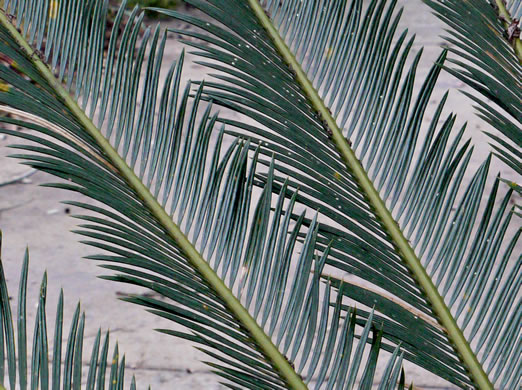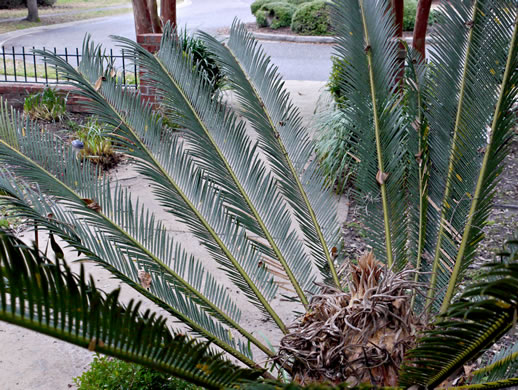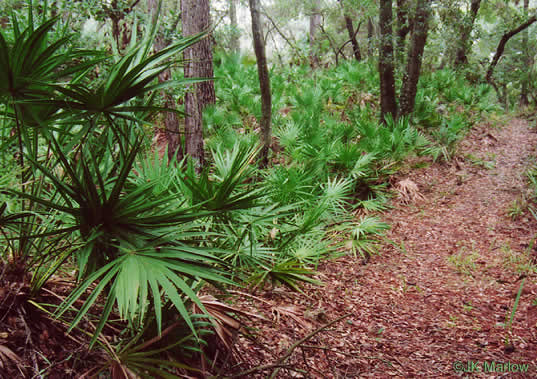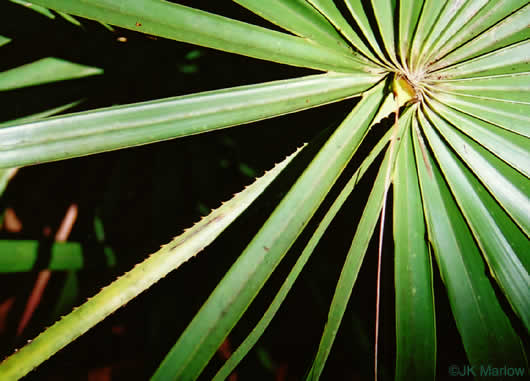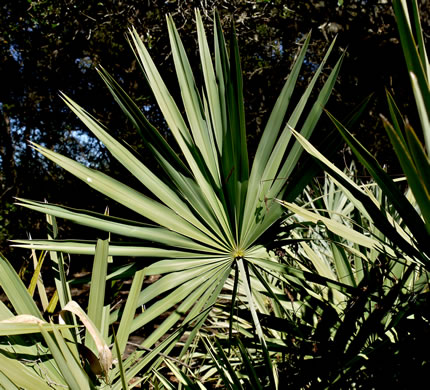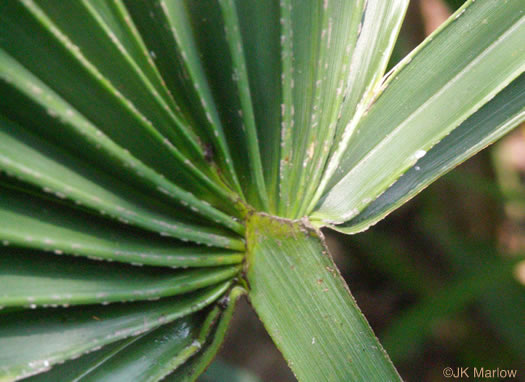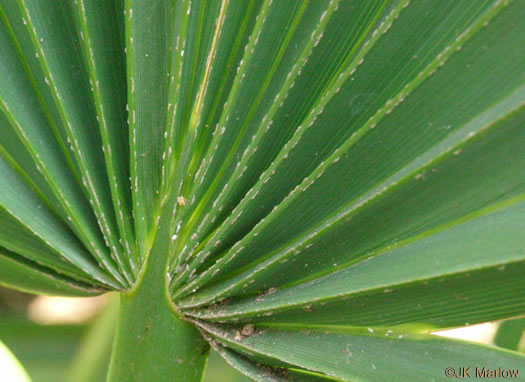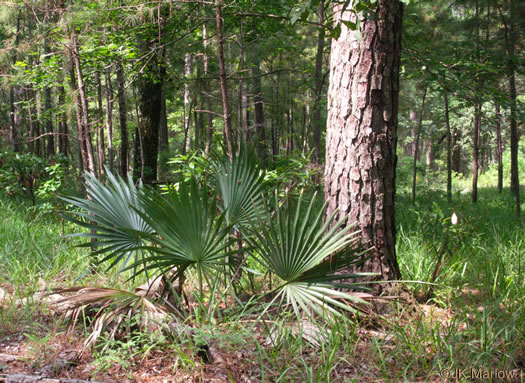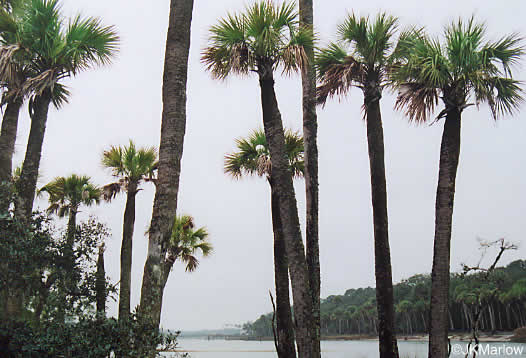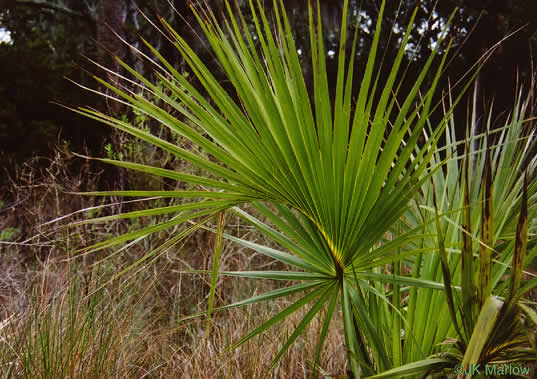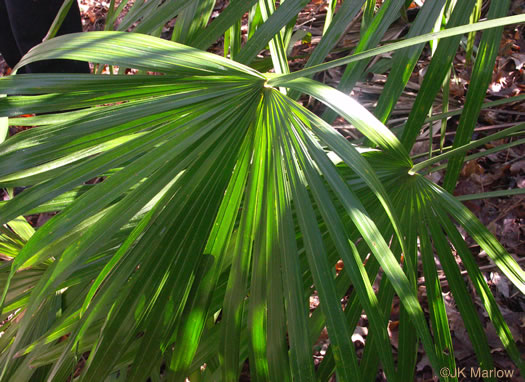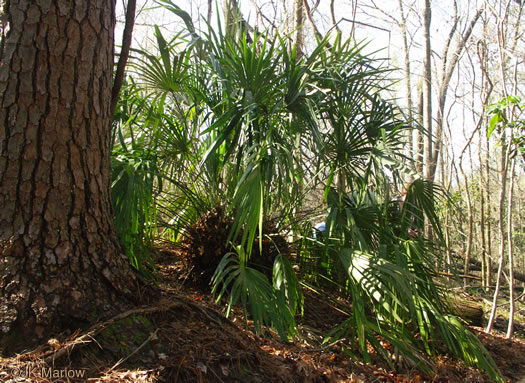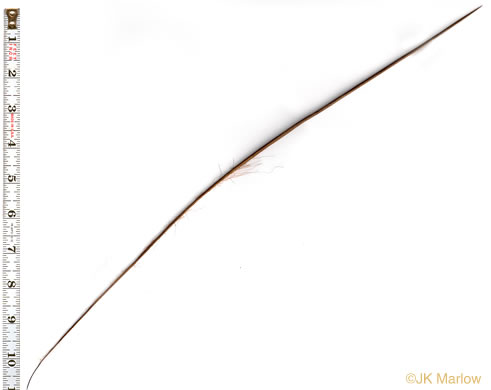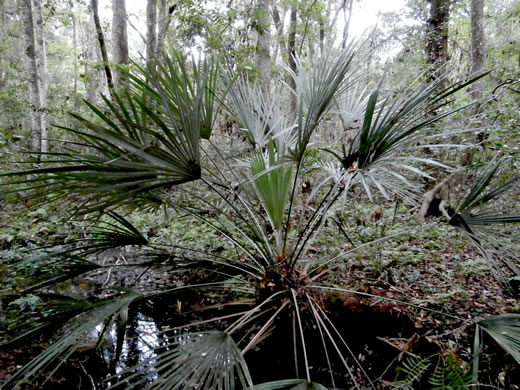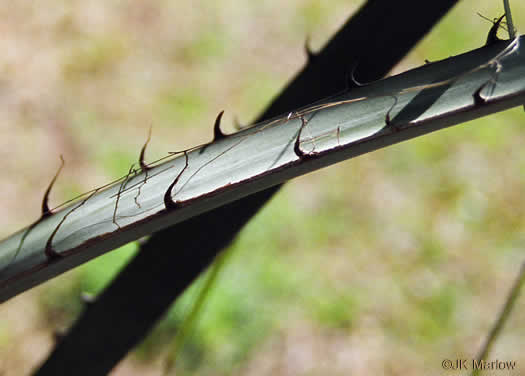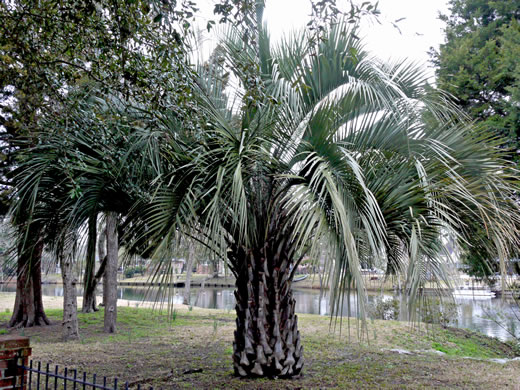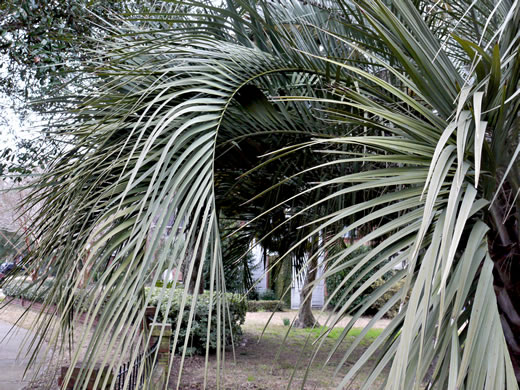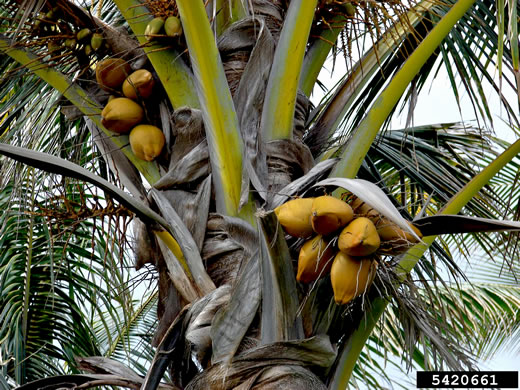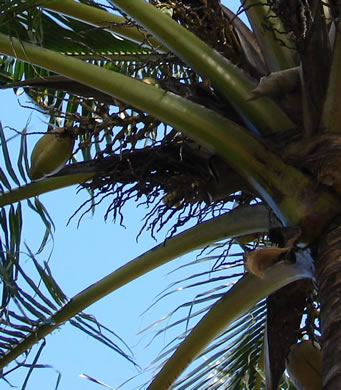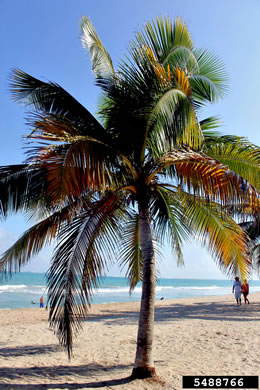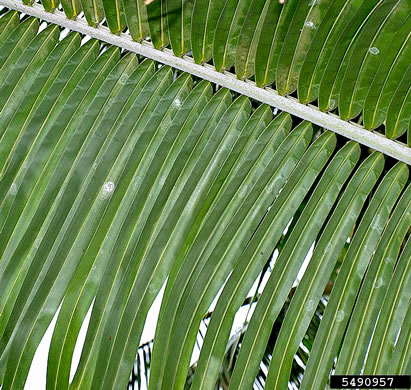Your search found 27 image(s) of Palm and Palmetto species.
To see larger pictures, click or hover over the thumbnails.
To go to the plant's detail page, click its name.
 Habitat: Suburban woodlands; persistent from horticultural use
Habitat: Suburban woodlands; persistent from horticultural use
Leaf blade strongly V-shaped in cross section; leaflets leathery, per Flora of China.
Vulnerable if not endangered in China (overcollection & habitat destruction), per Flora of China.
The most commonly cultivated cycad, per Flora of China.
 Habitat: Pine flatwoods, maritime forests, dunes, pine rocklands, and Florida dry prairie, xeric longleaf pine sandhills, scrubby pine flatwoods, and Florida scrub. Also used horticulturally, especially the gray (blue) forms
Habitat: Pine flatwoods, maritime forests, dunes, pine rocklands, and Florida dry prairie, xeric longleaf pine sandhills, scrubby pine flatwoods, and Florida scrub. Also used horticulturally, especially the gray (blue) forms
Stem horizontal, atop or just below soil surface. Petioles often w prickles, per Forest Plants of the Southeast and Their Wildlife Uses (Miller & Miller, 2005).
The petiole is armed with stiff spines, per Trees of the Southeastern United States (Duncan & Duncan, 1988).
Leaf segments lack marginal fibers, per Trees of the Southeastern United States (Duncan & Duncan, 1988).
Petiole ends abruptly in the blade base, per Trees of the Southeastern United States (Duncan & Duncan, 1988).
Leaves upright, fan-like, nearly circular in outline, per Forest Plants of the Southeast and Their Wildlife Uses (Miller & Miller, 2005).
 Habitat: Swamps, maritime forests, low moist woods, especially in calcareous soils developed from shell limestone (marl), hardwood flatwoods, marshes, saline barrens, also rarely planted as an ornamental farther inland, where persisting (and appearing native) or possibly naturalizing
Habitat: Swamps, maritime forests, low moist woods, especially in calcareous soils developed from shell limestone (marl), hardwood flatwoods, marshes, saline barrens, also rarely planted as an ornamental farther inland, where persisting (and appearing native) or possibly naturalizing
Petiole unarmed, per Trees of the Southeastern United States (Duncan & Duncan, 1988).
Leaf blades without a midrib, per Native Shrubs and Woody Vines of the Southeast (Foote & Jones, 1989).
Stem below ground (rarely emerging). Petioles long and 3-angled, per Forest Plants of the Southeast and Their Wildlife Uses (Miller & Miller, 2005).
Blade usually divided medially, a long V-shaped gap between the two halves, per Trees, Shrubs, and Woody Vines of Northern Florida and Adjacent Georgia and Alabama (Godfrey, 1988).
 Habitat: Maritime forests, marsh edges, and other near-coastal communities
Habitat: Maritime forests, marsh edges, and other near-coastal communities
Branchless palm tree to 65' tall, per Guide to the Wildflowers of SC, 1st ed. (Porcher & Rayner, 2001).
Leaf segments filamentous on margin and usually at tip, per Trees of the Southeastern United States (Duncan & Duncan, 1988).
Leaves have a prominent arching midrib, per Trees of the Southeastern United States (Duncan & Duncan, 1988).
 Habitat: Moist to wet soils of small blackwater stream swamps, especially where underlain with coquina limestone ("marl"), hydric hammocks and rich, wetland-upland transitions
Habitat: Moist to wet soils of small blackwater stream swamps, especially where underlain with coquina limestone ("marl"), hydric hammocks and rich, wetland-upland transitions
Leaves fan-shaped, segments faintly corrugated; petioles 3-angled, per Forest Plants of the Southeast and Their Wildlife Uses (Miller & Miller, 2005).
Stem underground for some time, eventually erect or leaning, to 1.5m tall, per Forest Plants of the Southeast and Their Wildlife Uses (Miller & Miller, 2005).
Sharp spines project from petiole base, from stolons, per Forest Plants of the Southeast and Their Wildlife Uses (Miller & Miller, 2005).
 Habitat: Widely planted in the outer Coastal Plain of se. NC, e. SC, e. GA, and FL, persistent in apparently semi-natural situations, and now showing signs of establishing and spreading from seed into natural areas
Habitat: Widely planted in the outer Coastal Plain of se. NC, e. SC, e. GA, and FL, persistent in apparently semi-natural situations, and now showing signs of establishing and spreading from seed into natural areas
The petioles are armed with curved spines (vs. those of Cocos unarmed), per Weakley's Flora (2015).
 Habitat: Beaches, disturbed areas
Habitat: Beaches, disturbed areas
Fruit 20-30cm long (vs. that of Butia less than 3.5cm), per Weakley's Flora (2015).
Petiole unarmed (vs. that of Butia and Phoenix with petiolar spines), per Weakley's Flora (2015).
Leaves pinnate (w well-developed central axis, blade much longer than wide), per Weakley's Flora (2015).

